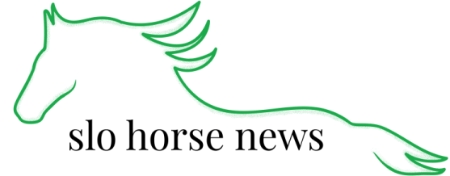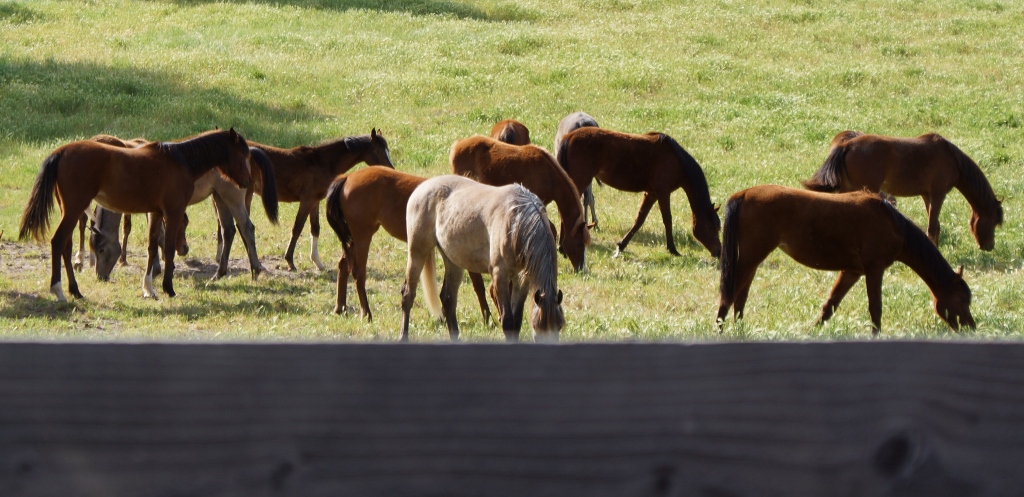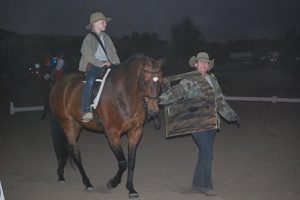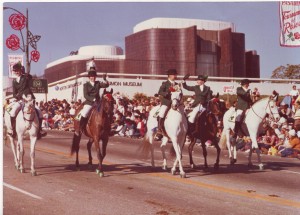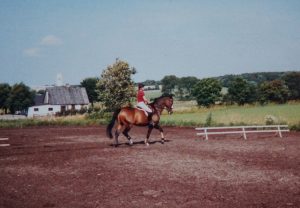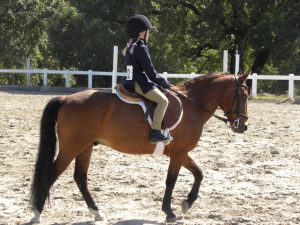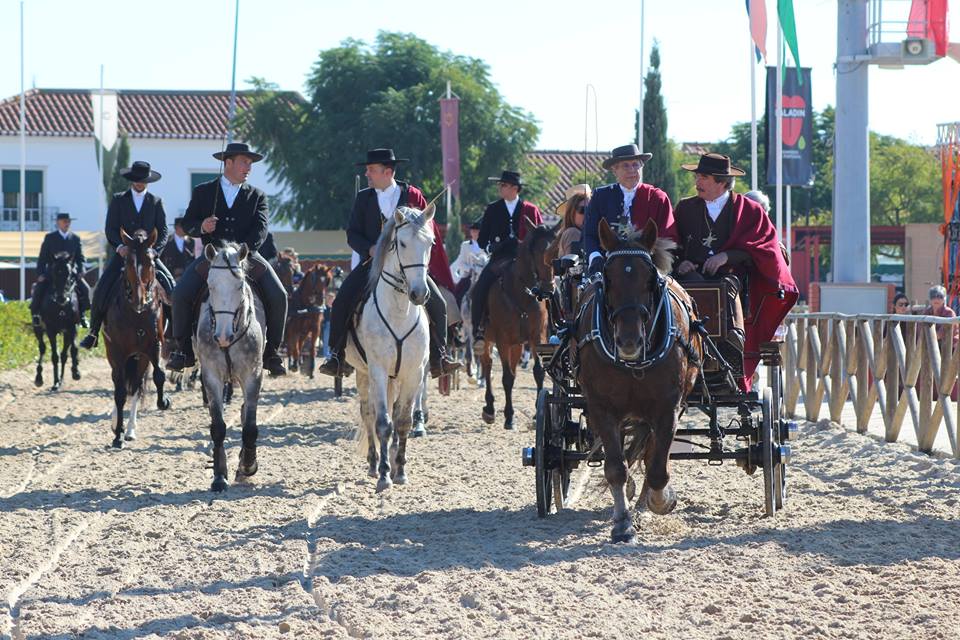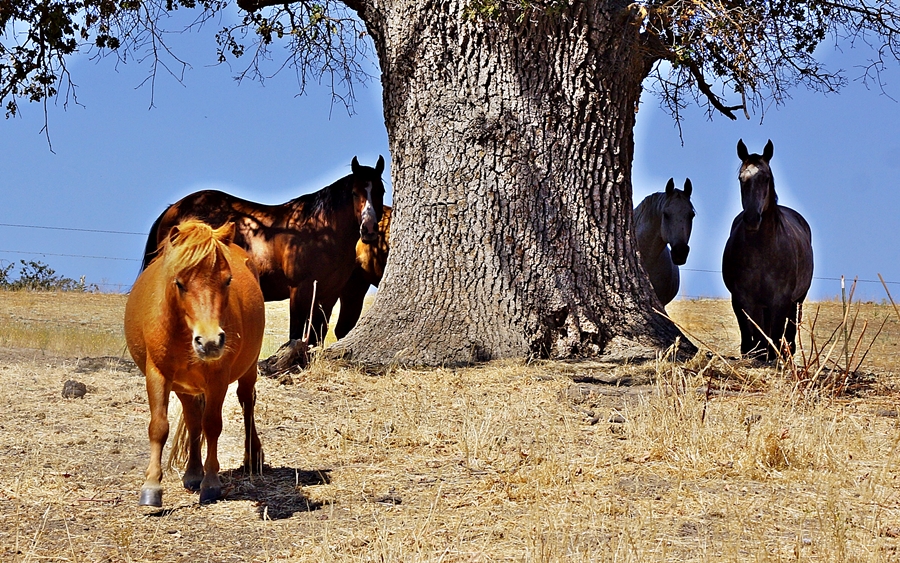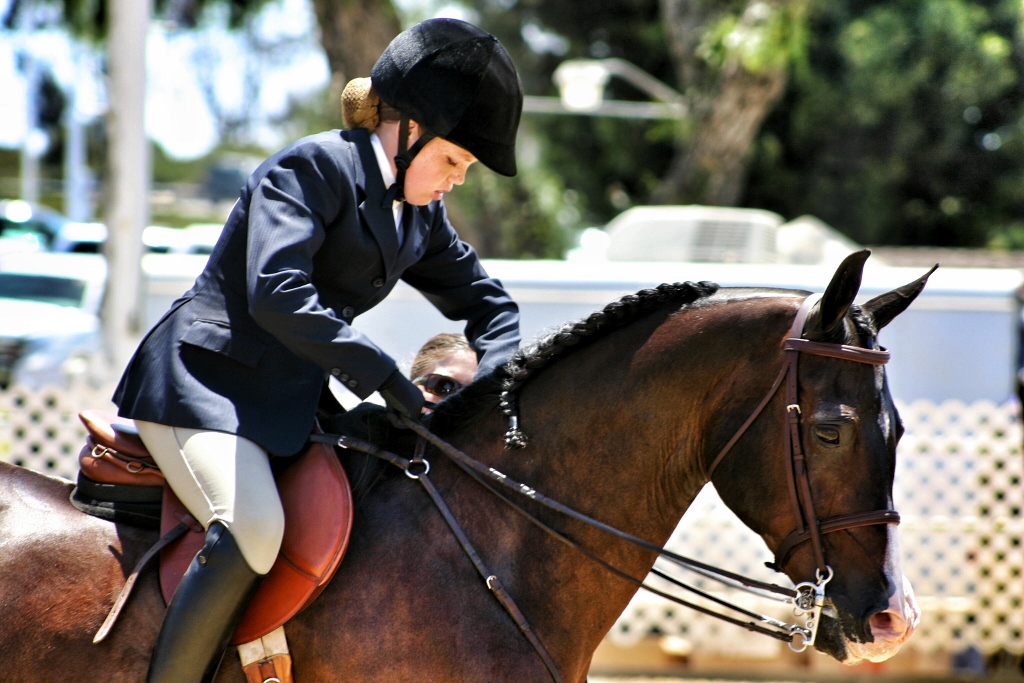Horses thrive on companionship. Since they are considered prey animals in the circle of life, instinct tells them that there is strength in numbers. If herd protection fails them, then their defense mechanisms are flight or fight – usually in that order. All herds have a pecking order, led by an “Alpha Mare”, who answers only to the herd’s stallion. She accepts and rejects herd members. The follower members also look to her when there is danger. What she does, they do; she flees, they all flee.
Come ride along with me! Get your riding the SLO County Trails Hotsheet to get started and join the SLO Horse News Herd!
In a domesticated situation, as horse owners, we must position ourselves as our horse’s “Alpha” or “herd leader”. When we ride or handle a horse, we must use the information we have gathered about a horse’s natural instincts to our advantage. All horses instinctively follow a leader, and if a horse senses there is no leader – or there is a weak leader – they will assert themselves to move up in the pecking order.
How can we be our horse’s leader? The first step is to understand general equine nature, and the second step is to understand our own horse’s individual nature. Is your horse an “Alpha” or a “Beta”? Is your horse dominant or submissive?
I have personally run across four distinct types of horse natures in my life, and I have learned something valuable from each of them.
Four Basic Horse Natures
Horse Nature #1 : Insecure – “I’m outta here!”
The slightest degree of danger appears – a strange looking stick or a blowing plastic bag – and in the blink of an eye, this horse type will spin and bolt without waiting around to assess the situation. This horse resorts to flight pretty quickly, and is highly suspect; this horse needs a confident and steady hand. You must gain this horse’s trust through demonstrating coolness and support when “danger” presents itself.
My Half-Connemara, Katie, was “Insecure”. She required me to be acutely aware of my surroundings. We developed a sense of trust that allowed me to quickly “cool her off” by staying relaxed through balance and control. When something “suspect” presented itself, I needed to be ready to control the situation quickly to keep her from bolting and leaving me in the dust.
Horse Nature #2 : Reactionary – “He made me do it!”
Any stimulation, be from another horse bucking, or running, an unusual noise or something moving quickly causes this horse to join in. If he can’t join in, you may have a control issue on your hands. Your job is to assure this horse that he is not alone, and that joining in with the “herd” is not necessary.
I rode a reactionary Connemara mare in the Rose Parade twice. She went along, shaking her head down Colorado Boulevard with a few bouncy steps, yet maintained her composure the whole way. I had to use my own skills as a rider to assert dominance while avoiding being too “pushy”. A reactionary horse needs a cool, quiet, confident hand to instill compliance.
Horse Nature #3 : Headship Challenger – “I’m in charge here!”
This horse is head strong, which can come in handy when you need the horse to be bold. As the leader you need to give this horse a sense that he has a say, yet be firm enough to make him realize that he is not the leader. This horse requires you ask him what to do, and if he challenges you, you have to tell him what to do.
I had the privilege of riding a retired Grand Prix Dressage horse, Castár, one Summer in Sweden. Our first ride was “in the woods” with another horse and rider. Castár bucked playfully, which I let him do, but maintained my balance and strength in the saddle and rode with a confident hand. This allowed me to remain in control. Later, I learned that this was his “test” of every new rider; each one had to prove worthy to ride him. He also expected me to greet him first when entering the barn – if I didn’t, he’d bang on the stall door until I did! Let the head strong horse have a say, and you will develop a trusting partnership that will take you far.
Horse Nature #4 : Easy Going – “Hey, What’s up?”
This horse allows us to fully enjoy and learn what riding is all about. Usually, this horse’s nature develops over time, but some horses just have this easy going nature from the beginning. With this horse, we must be sure to not over-face or over-use the horse so that he does not turn sour. You can easily turn a “happy go lucky” horse into a barn sour ingrate if you use the wrong techniques, push too hard, or take advantage of his good nature.
My daughter had the privilege of riding a horse named Go-Ten, an easy going guy. She took this trail pony and turned him into a walk/trot Dressage and Hunter pony, and did a few shows with him. He is worth his weight in gold, and has a list a mile long of the riders who first learned to ride on him. The easy going horse nature will be the trusted one to put your curious friends and family on, but be sure they don’t make him uncomfortable or cause him pain (too harsh of hand for instance). We must always honor the kind nature of the “Easy Going” horse.
So, what “horse type(s)” do you have in your herd? Which do you prefer? The great thing about horses, is that just like people, they are all very different and we, as individuals, tend to gravitate toward one type or another. Learn a little bit about the four basic “Horse Nature” types and you’ll open up a whole new world when it comes to your relationships with these amazing creatures.
Photos: Sharon Jantzen
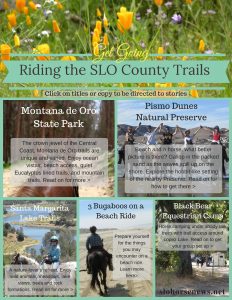
Get going! Looking for trails to ride in SLO County? This hotsheet will get you going on a few of the top rides. Get this delivered to your e-mail and join the SLO Horse News herd to stay up-to-date on herd happenings. Click here > SLO County Trails Hot Sheet to get going!
